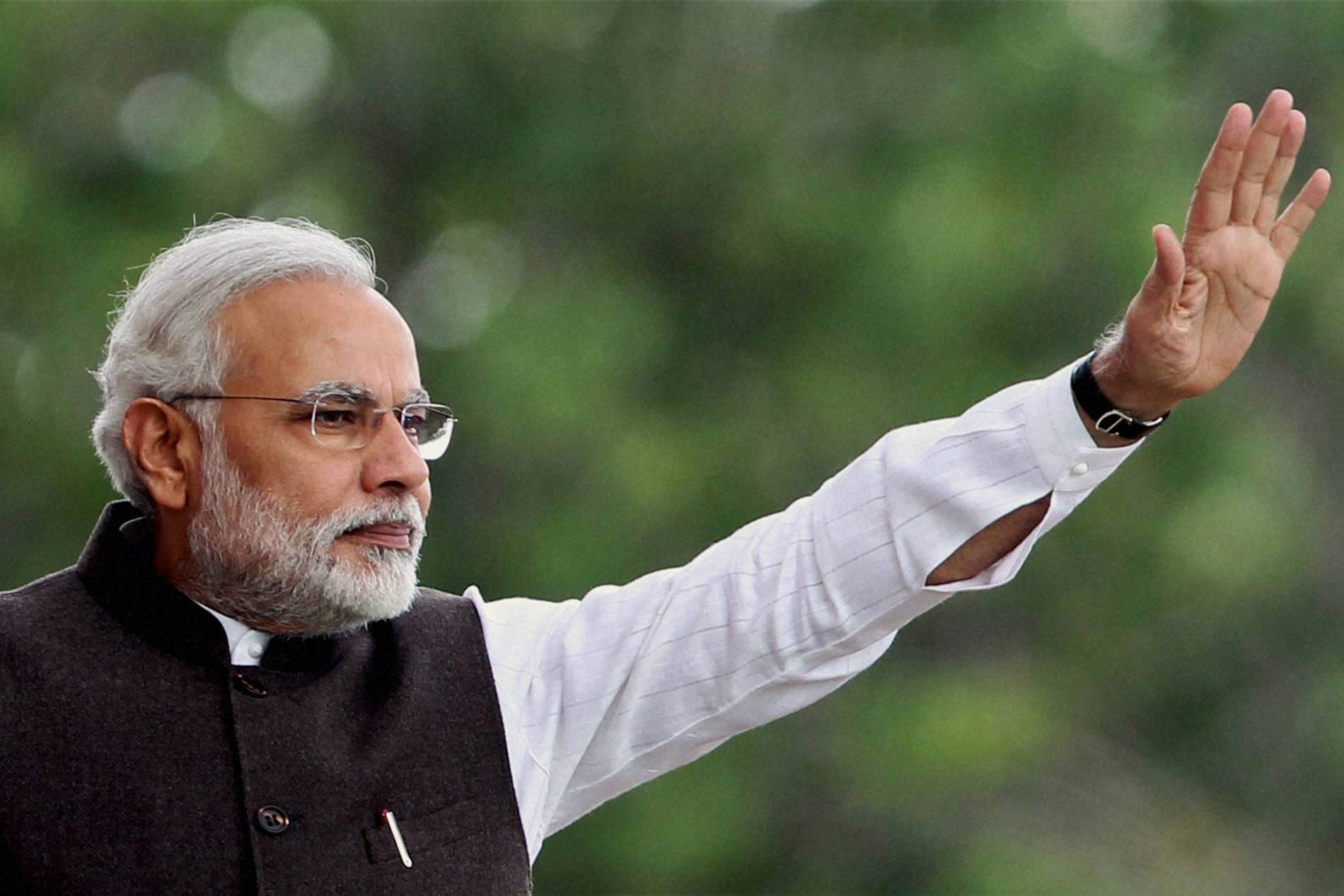You might like reading:

Unlocking the growth map for India- What lies ahead ?
India faced an archaic type of government for a decade which systematically broke the backbone of Indians. Scams aggregating to millions of dollars left the state ex-chequer with a deep wound and undoubtedly pushed the development of our country several years or may be even decades back. Given the effect of time, inflation is bound to be factored in the […]
ENVISION’15–National Level IT Summit held at XIMB
Envision’15 the flagship Business Conclave of XSYS, the Systems Association of XIMB was held in the premises of Xavier Institute of Management, Bhubaneswar on 29th August.The theme of the conclave was “Transforming Financial Services with Big Data Analytics.” The speakers for the day were Mr. Vinay Kumar, CEO Datawise, a Consulting, Research and Analytics firm; Mr. Ashok Dash, Senior Business […]































